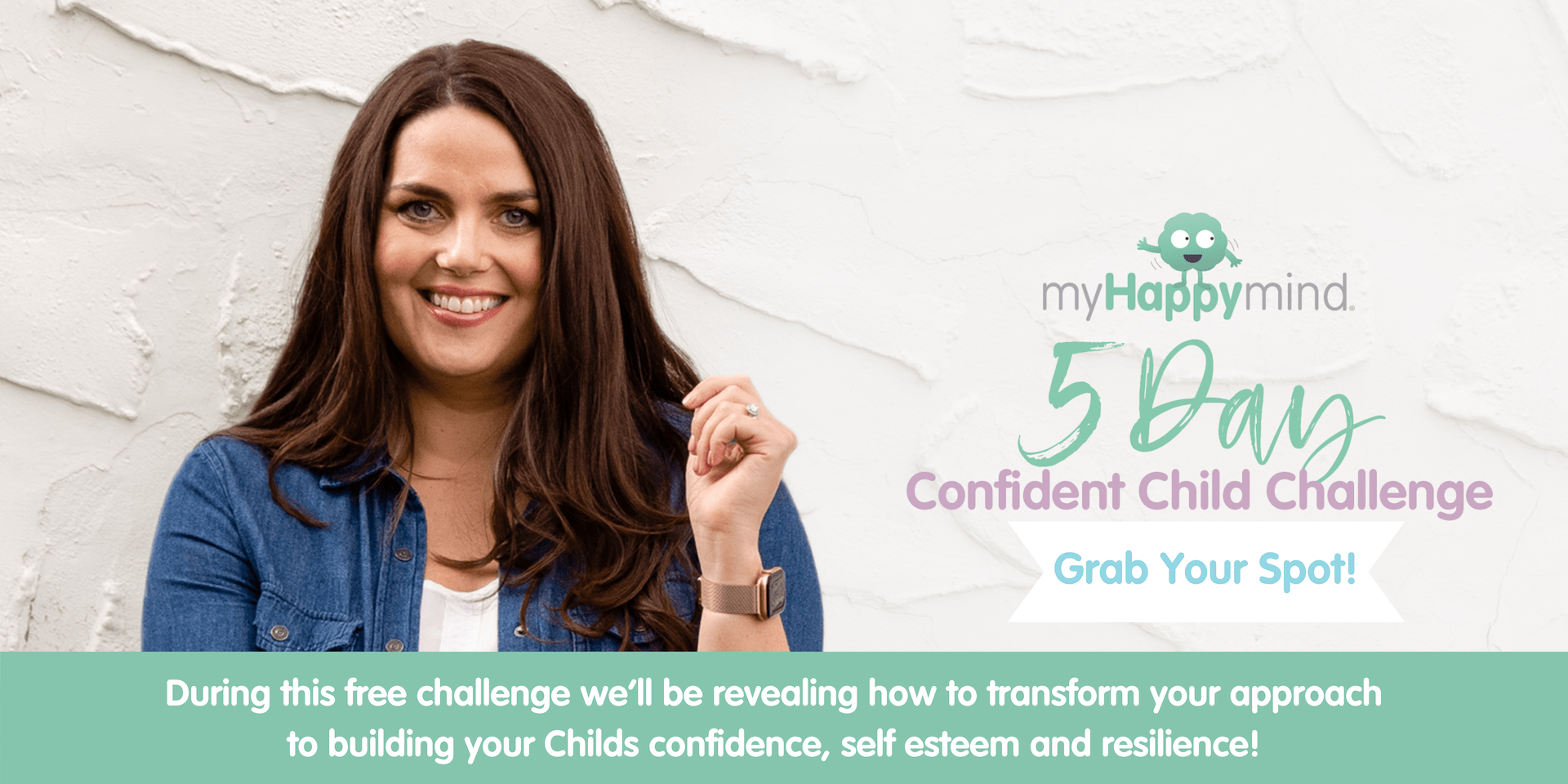
No Child Left Behind. No Teacher Burnt Out.
How to Create a More Inclusive School Without Adding to Staff Workload
The Challenge Facing Schools
If you’re leading a primary school right now, you’ll know just how complex things have become. Needs are rising, with more pupils presenting with SEN and SEMH challenges. Emotionally Based School Avoidance (EBSA) is becoming more common. Securing EHCPs is harder than ever. And all of this is falling on teaching teams who are already working flat out.
Why It Can Feel Impossible
It can feel like you’re being asked to do the impossible: create inclusive classrooms, raise attendance, and keep staff motivated, all while juggling budgets that never seem to go far enough.
The good news? There are ways to strengthen inclusion and give children the tools they need to thrive, without adding to your staff’s workload.
What the Government Is Saying About Inclusion
Inclusion is right at the top of the government’s agenda. Recent announcements include:
- £740 million to create 10,000 new SEND places in mainstream schools, plus another £1 billion for 44,500 places by 2028 (gov.uk).
- Policy and data showing a clear leaning towards mainstream schools being the first port of call for most children with SEND, with specialist schools focused on the most complex needs (gov.uk).
And as Education Secretary Bridget Phillipson put it:
“We want a different future for children with SEND: inclusive and tailored to meet their needs, so everyone has the chance to achieve and thrive, and excellence is for every child.” (gov.uk)
What’s more, Ofsted’s latest framework update mandates that inclusion is a key criteria schools are assessed against.
Why Many Are Worried
The vision may be clear, but those closest to children know it’s not simple. Headteachers and SENCos say they’re already at breaking point, campaigners highlight years of underfunding, and some schools have even pushed back legally after being asked to take on more high-needs pupils without support. Parents describe the system as “broken,” with long EHCP delays and rising SEMH needs.
The Reality in Numbers
The data backs this up. The Children’s Commissioner’s latest School Census shows that nearly 4 in 10 children will need additional learning support at some point. Add to that the 1.28 million pupils who were persistently absent last year, and you see why schools feel under siege.
This tells us two things. First, mainstream schools are already supporting huge numbers of children with complex needs. And second, we have to be realistic about the pressure this puts on schools.
Practical Steps: What Schools Can Do Right Now
While national reforms take shape, schools still need practical ways to help today’s pupils. The evidence is clear: prevention works.
Teaching children and teachers how their brains work creates an essential foundation. It gives every child, not just those with additional needs, a level playing field. When children and staff understand what’s happening inside their brains, they’re better equipped to make sense of their feelings and behaviour.
From there, we can layer on science-backed strategies to manage emotions, build resilience, and create a shared, consistent language around mental health. These strategies quickly become part of the daily routine in school, helping everyone feel calmer, more included, and ready to learn.
As one teacher told us:
“myHappymind helps neurodiverse children express themselves without feeling different to others. They feel more included.”
Teacher, St Nicolas C of E Academy
Impact in Schools Already Using myHappymind
For example, schools using myHappymind report:
- 87% fewer SENCo referrals (meaning SENCos gain on average 10 working days back per year).
- 89% improved attendance (meaning 5 days per child on average).
- 100% say the programme helps SEN and SEMH pupils thrive.
- 100% say their classrooms are calmer and happier.
And crucially, this happens without adding to workload. Our programme is delivered in just one 20-minute weekly lesson, with only 5 minutes of prep, and no extra CPD days.
Greater Inclusion, That Feels Possible
This is inclusion that feels possible, not overwhelming.
The government’s reforms will take years. But we don’t have to wait. Headteachers and school leaders can take action now to make classrooms calmer, more inclusive, and more sustainable for staff.
No programme can fix the entire SEN crisis overnight, and not every child can be supported in mainstream education. But we can give every child better tools to thrive and give every teacher fewer reasons to burn out.
That’s how we move towards schools where no child is left behind, and no teacher is burnt out.
Want to see how this could support inclusion in your school?
Book a short call with our team and explore how myHappymind is already supporting over 2,000 schools across the UK.


